How to Use this Top 10 Guide
This DK Top 10 guide is one of a new generation of illustrated travel-guide eBooks that guarantees you make the most of your visit before, during and after your stay. Use this eBook both to plan your trip and explore your destination when visiting. So, before you depart, browse the citys highlights, check out the themed sightseeing lists or simply tap through the guide and be inspired.
The best way to explore this guide is to begin at the main table of contents. The first section of the eBook shows you, quite simply, the best sights in the destination. This is followed by: Top 10 of Everything themed Top 10 lists that allow you to make the most of your time away; Around the Destination must-see sights, area by area; Streetsmart essential practical information; and the General Index (a great alternative to Search when you need to quickly look up a keyword or specific sight).
Shorter contents lists appear at the start of every section in the guide, and are designed to make chapter navigation quick and easy. You can jump back to these by clicking on the chapter-heading links that sit with an arrow icon at the top of every article.
There are dozens of useful, easy-to-use maps at the back of this eBook. Select the "View map" links thoughout the guide to see larger-scale versions fill your screen.
As you use this guide, create a personalized itinerary by bookmarking the sights, venues and activities that are of most interest, giving you the quickest possible access to everything youll need for your time away.
Price guide
All price ranges quoted for hotels in this guide are based on a standard, double room per night (with breakfast if included), taxes and extra charges. Similarly, all price ranges quoted for restaurants are based on a three-course meal for one with half a bottle of wine (or equivalent meal), taxes and extra charges.

The Greek Islands Highlights
Comprising over 6,000 islands and islets, spread across several archipelagos, the Greek Islands offer a fabulous choice of holiday destinations. Some host bustling holiday resorts, while others consist solely of rural communities, and ancient temples sit alongside cosmopolitan towns. Add beaches, pine forests, olive groves and coastlines indented with spectacular coves and bays, and the result is a collection of islands just begging to be explored.

Corfu Old Town
With its cobbled plazas and tiny alleyways dating back to ancient times, Corfu Old Town continues to retain its old-world charm. Palaces, museums, fortresses, gourmet restaurants, traditional tavernas, cultural venues and a lively harbour combine to give the town its inimitable character. It has beautiful arcades reminiscent of the finest in Paris along with elegant Venetian mansions, which line the towns main thoroughfare, the Kapodistrou. Add Greek, Italian and British influences and you have an eclectic architectural anthology.
 Palai Frorio
Palai FrorioA landmark of the capital, the Old Fortress was built in the 16th century on a tiny islet to protect the city from invaders. Its interiors have been restored and it has become a popular venue for cultural events. At its base stands St Georges Church.
 No Frorio
No FrorioThe Venetians built this mighty fort in the 1500s to strengthen the towns defences. Despite its name, the New Fortress was completed only a few years after the Old Fortress. With a maze of tiny medieval walkways to explore, the former naval garrison is now open to the public.
 Platea Spianda
Platea SpiandaOne of the largest squares in Greece, the Platea Spianda is always bustling. Its Venetian and French architecture give it an elegant feel. The labyrinth of alleyways off the square, Campiello, is one of the towns oldest parts.
 The Listn
The ListnThe Listn was built by the French in the early 1800s, inspired by the grandiose buildings along the Rue de Rivoli in Paris. Its arcaded terraces were once used solely by the towns aristocrats, but are now full of stylish cafs where locals and visitors chill out.
 Maitland Rotunda
Maitland RotundaBuilt to commemorate the life of Sir Thomas Maitland, the first Lord High Commissioner of the Ionian Islands during the British administration, this 19th-century monument dominates the southern end of Platea Spianda.
 Church of gios Spyrdon
Church of gios SpyrdonNamed after Corfus patron saint, St Spyrdon, whose remains lie here in a lavish silver coffin, this 16th-century church is an Old Town landmark. It has a distinct red-topped campanile with bells that ring out at regular intervals.
 Palace of St Michael and St George
Palace of St Michael and St GeorgeDating from the British period, this imposing Georgian-style palace has been the home of the Greek royal family, the British High Commission and the islands treasury. It now houses the Museum of Asiatic Art.
 Dimarcho
DimarchoThe Dimarcho, or Town Hall, is a classic Venetian-style building that was once the San Giacomo theatre, a favourite haunt of the islands nobility.
 The Old Port
The Old PortWhile cruise ships tend to head for the New Port these days, in ancient times the Old Port would have been a hive of nautical activity. It is located between the fortresses and is in one of the most picturesque parts of the Old Town.
 Antivounitissa Museum
Antivounitissa MuseumWith its Byzantine and post-Byzantine icons and ecclesiastical artifacts collection, this museum is located in the Church of Panaga (Our Lady) Antivounitissa, one of the citys oldest religious buildings.
Tip: Watch the world go by while you enjoy a coffee at the chic cafs at the Listn.
The Mnos Collection
One of the key exhibits at the Museum of Asiatic Art in Corfu Old Town is the Mnos Collection, which comprises about 11,000 items. Corfiot diplomat Grigrios Mnos (18501929) had a passion for Japanese, Chinese and Korean art, furnishings, ceramics and weapons. He amassed a fabulous private collection and donated it to the government to establish a museum in Corfu. Mnos was alive to see the opening of the museum in 1927.





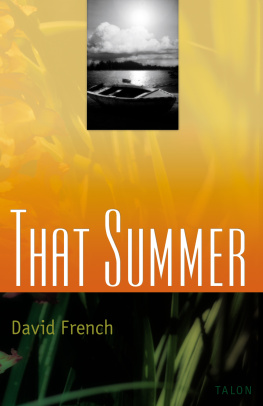

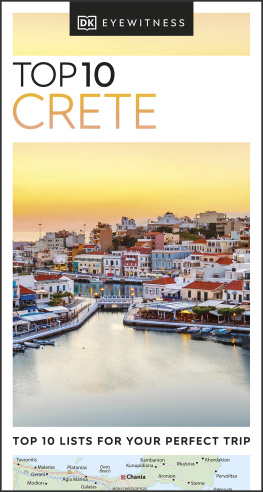
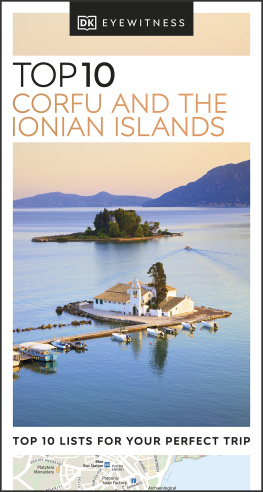
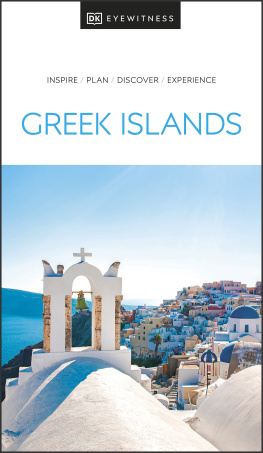
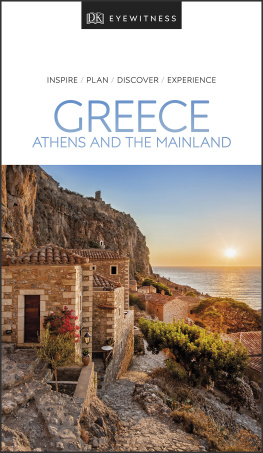
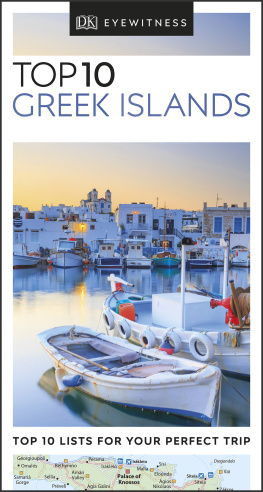
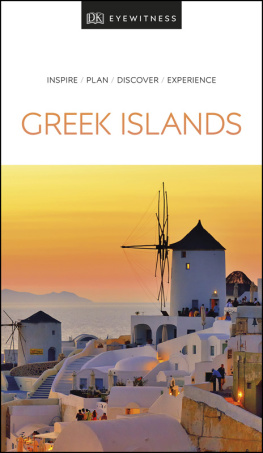


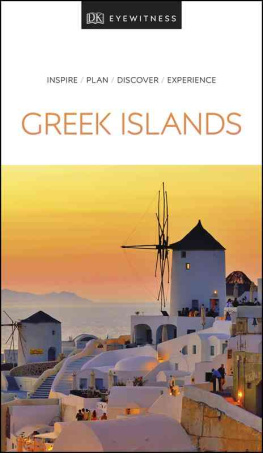
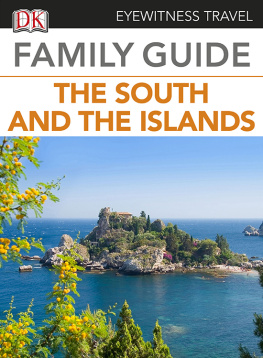
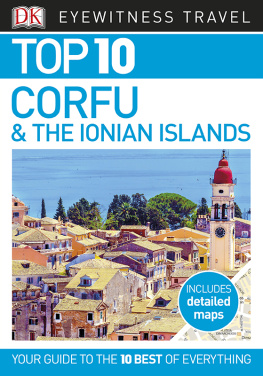

 The Greek Islands Highlights
The Greek Islands Highlights
 Palai Frorio
Palai Frorio No Frorio
No Frorio Platea Spianda
Platea Spianda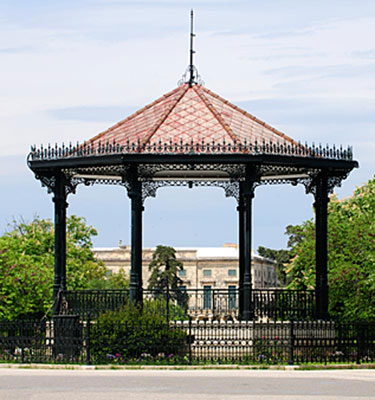
 The Listn
The Listn Maitland Rotunda
Maitland Rotunda Church of gios Spyrdon
Church of gios Spyrdon Palace of St Michael and St George
Palace of St Michael and St George Dimarcho
Dimarcho The Old Port
The Old Port Antivounitissa Museum
Antivounitissa Museum